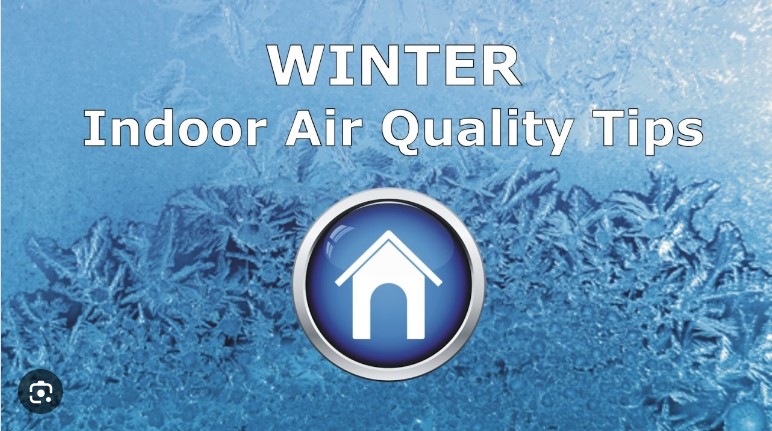Keeping indoor air clean and healthy during the winter
페이지 정보

본문

People stay inside during the winter months to avoid the cold when a layer of snow covers the outside world. But living comfortably indoors has its drawbacks, particularly when it comes to air quality maintenance. We frequently leave our windows and doors closed throughout the winter, which traps pollutants and reduces airflow. This may result in a reduction in the quality of indoor air, which could have an effect on our health. You may find some practical methods for maintaining clean, healthy home air during the winter in this story.
Proper Ventilation
Adequate ventilation is crucial for maintaining good indoor air quality. While it may be tempting to seal homes tightly during winter to conserve heat, it is essential to allow for regular air exchange. Opening windows for a few minutes each day can help flush out pollutants and bring in fresh air. Alternatively, using exhaust fans in kitchens and bathrooms can facilitate air circulation without compromising warmth.
Use of Air Purifiers
Air purifiers are valuable tools for maintaining indoor air quality, especially during the winter months. These devices are designed to filter out particles such as dust, pollen, and pet dander, as well as airborne pollutants like mold spores and bacteria. Investing in a high-quality air purifier can significantly reduce the concentration of indoor pollutants, promoting a healthier living environment.
Humidity Control
Winter often brings dry air, which can contribute to respiratory issues and discomfort. Using a humidifier can help maintain optimal humidity levels in indoor spaces, typically between 30-50%. This not only prevents the proliferation of airborne viruses and bacteria but also alleviates respiratory symptoms associated with dry air, such as dry skin and irritated nasal passages.
Regular Cleaning and Dusting
Dust and allergens tend to accumulate more in closed environments during winter. Regular cleaning, including dusting surfaces, vacuuming carpets, and washing bedding, can help minimize the buildup of particles that can compromise indoor air quality. Paying attention to commonly overlooked areas, such as vents and ducts, is essential for preventing the circulation of pollutants.
Natural Cleaning Products
Many commercial cleaning products contain volatile organic compounds (VOCs) that can contribute to indoor air pollution. Opting for natural or eco-friendly cleaning products can help minimize the release of harmful chemicals into the air. Additionally, homemade cleaning solutions using ingredients like vinegar and baking soda can be effective and environmentally friendly alternatives.
Indoor Plants
Plants are natural air purifiers, capable of removing certain pollutants and increasing oxygen levels. Introducing indoor plants, such as snake plants, spider plants, and peace lilies, can contribute to a healthier indoor environment. However, it's essential to choose plants that thrive in indoor conditions and are safe for households with pets.
Maintaining clean and healthy indoor air during winter requires a proactive approach that addresses various factors contributing to indoor pollution. By incorporating proper ventilation, using air purifiers, controlling humidity, regular cleaning, opting for natural cleaning products, and introducing indoor plants, individuals can create a living environment that promotes well-being and ensures a breath of fresh air even when the weather outside is chilly. Prioritizing indoor air quality is an investment in long-term health and comfort, making the winter months a season of warmth and wellness.
- PrevVirtual Reality and the Reality of Ours 24.03.14
- Next"The Vital Role of Paper Recycling in Preserving Our Environment" 23.11.30
댓글목록
There are no registered comments.
